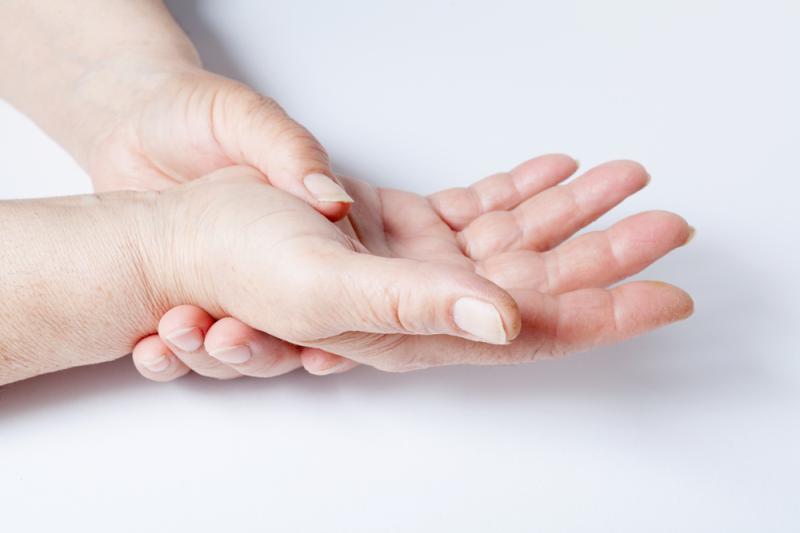
Rheumatoid arthritis (RA) patients who exhibit low rheumatoid factor (RF), as well as low disease activity, following treatment with certolizumab pegol (CZP) plus methotrexate (MTX) may be able to discontinue CZP without the increased risk of loss of remission, a recent study has shown.
Researchers performed a posthoc analysis of the C-OPERA cohort of MTX‐naïve early RA patients with poor prognostic factors. They included 159 patients randomized to CZP + MTX (n=159) and 157 to placebo plus MTX; those who completed the 1‐year treatment period received MTX alone in the second year (CZP + MTX→MTX, n=108; placebo + MTX→MTX, n=71).
Multiple regression analysis was used to examine the association between factors at baseline or at discontinuation of CZP and clinical/radiographic outcomes. Predictive value cutoffs were calculated via receiver operating characteristic analysis.
Male sex and low baseline Disease Activity Score of 28 joints-erythrocyte sedimentation rate (DAS28‐ESR) correlated with simple disease activity index (SDAI) remission (≤3.3), whereas high baseline DAS28‐ESR and modified total Sharp score (mTSS) correlated with clinically relevant radiographic progression (yearly progression mTSS > 3) at week 104 in both treatment arms.
Low DAS28‐ESR (<2.1) and RF (<74 IU/mL) at discontinuation of CZP predicted SDAI remission at week 104. SDAI remission was also noted in 75.0 percent (42/56) of patients with low DAS28‐ESR and RF at discontinuation, as opposed to only 15.4 percent (2/13) of those with high DAS28‐ESR and RF.
The present data show that disease activity and joint damage at the start of treatment may be predictive of long‐term outcomes in patients treated with optimized MTX plus CZP, according to the researchers. “Therefore, patients with poor prognostic factors may benefit from initial aggressive treatment with CZP and MTX.”